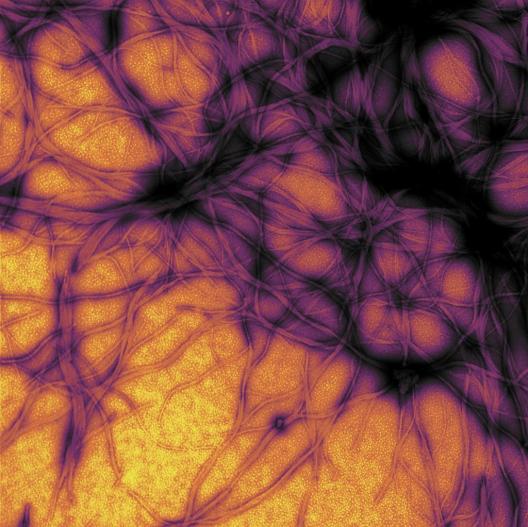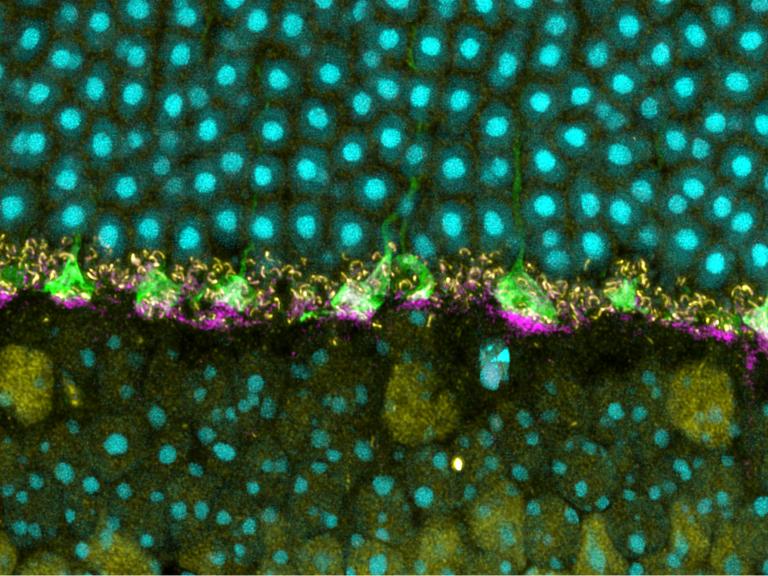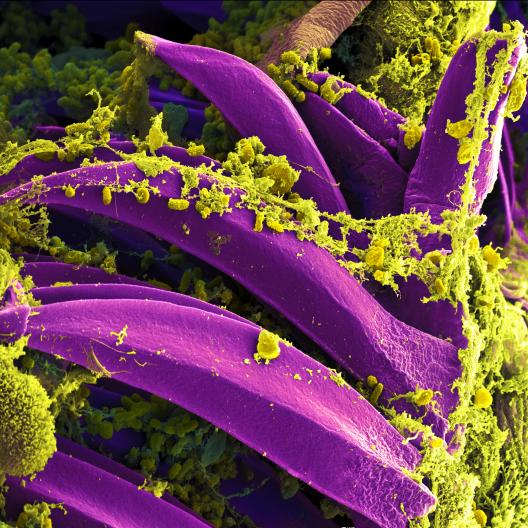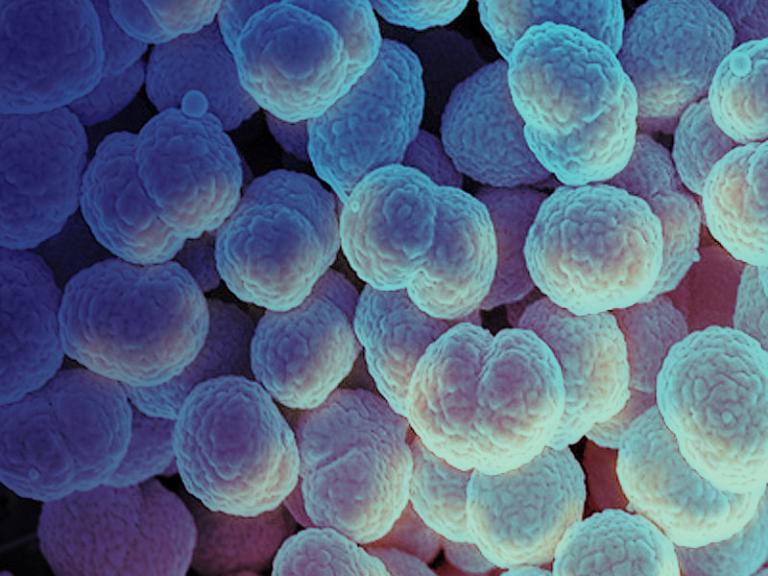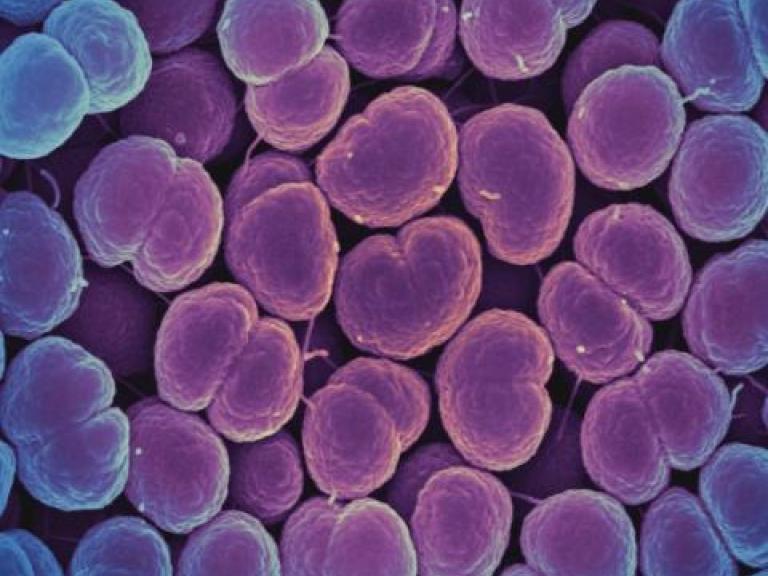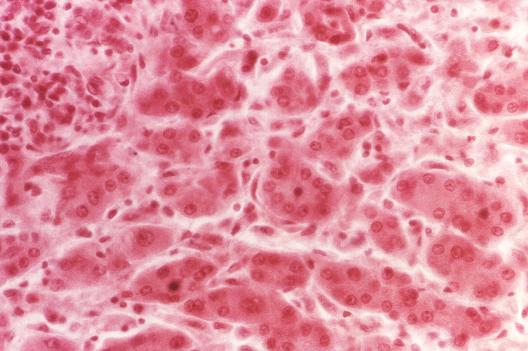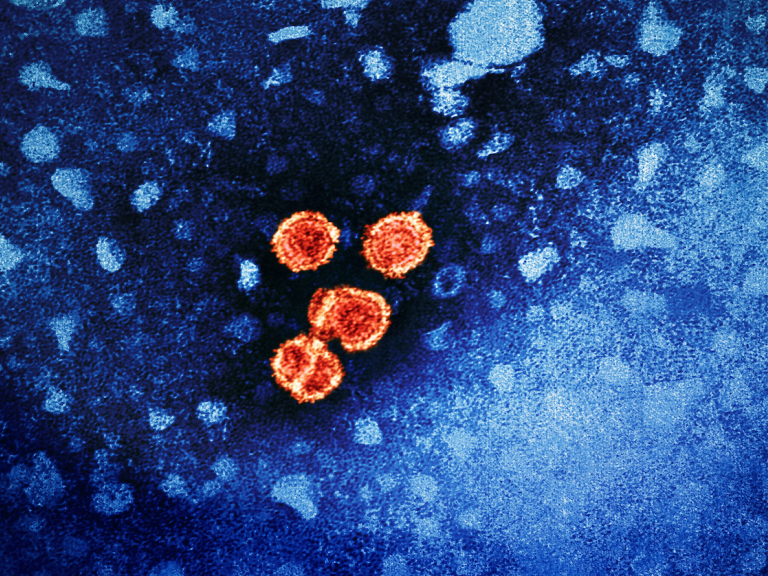NIAID is working with the U.S. Department of Defense, the Centers for Disease Control and Prevention, and the U.S. Department of Energy to develop a vaccine that protects against inhalationally acquired pneumonic plague
Research
Research Areas
Grants & Contracts
Clinical Trials
News & Events
About NIAID
Website Policies and Notices


